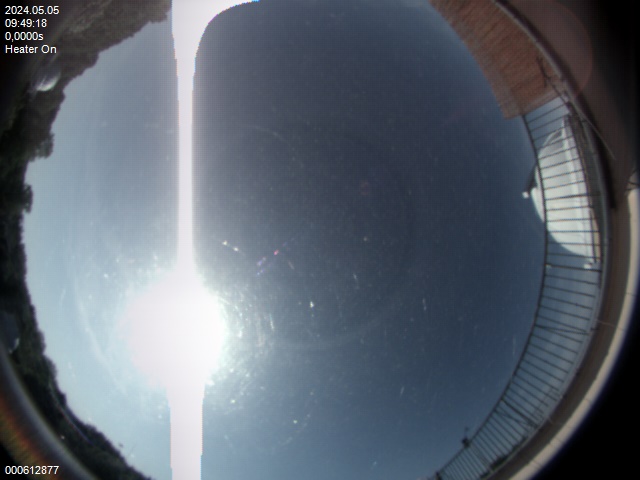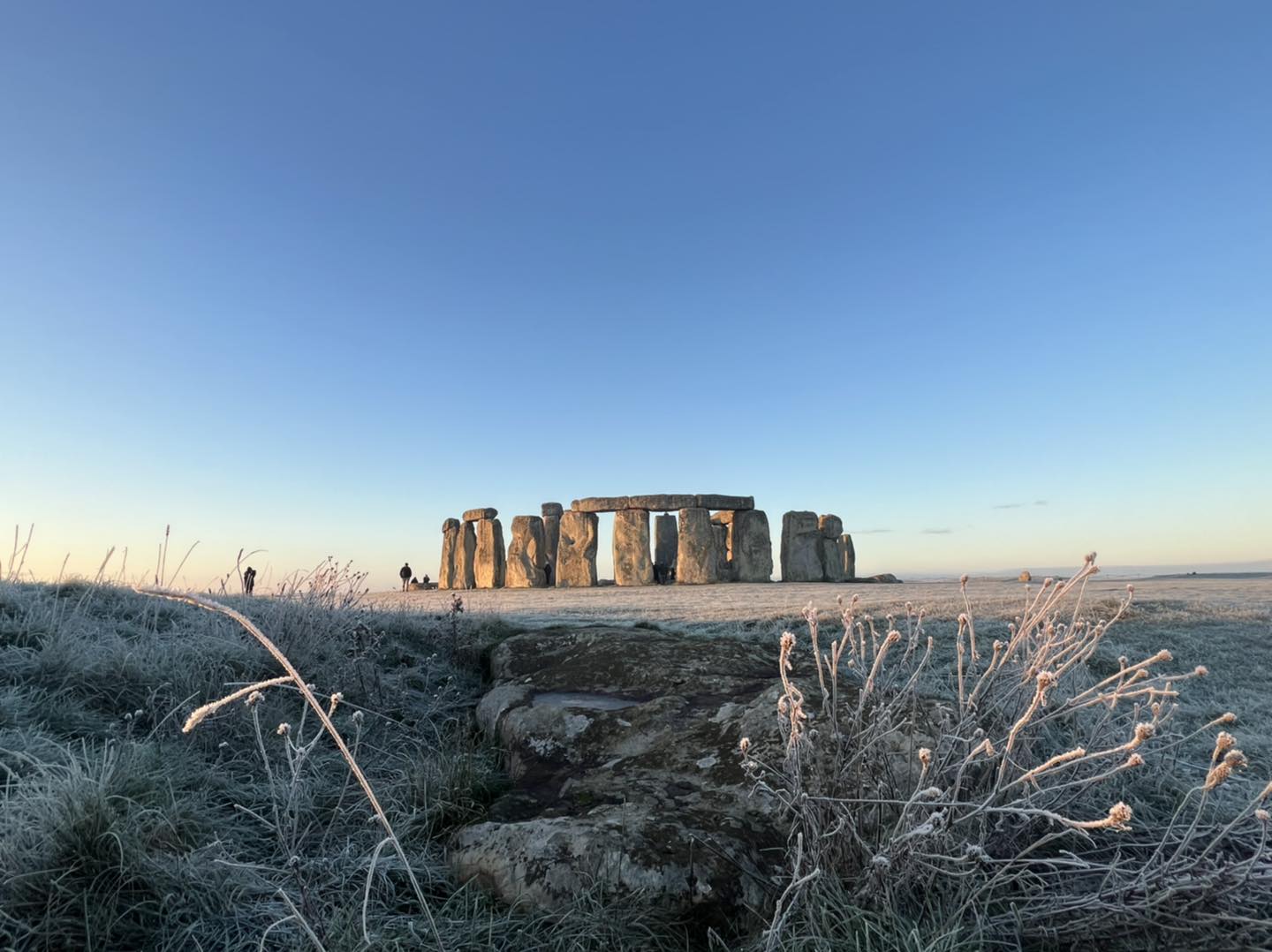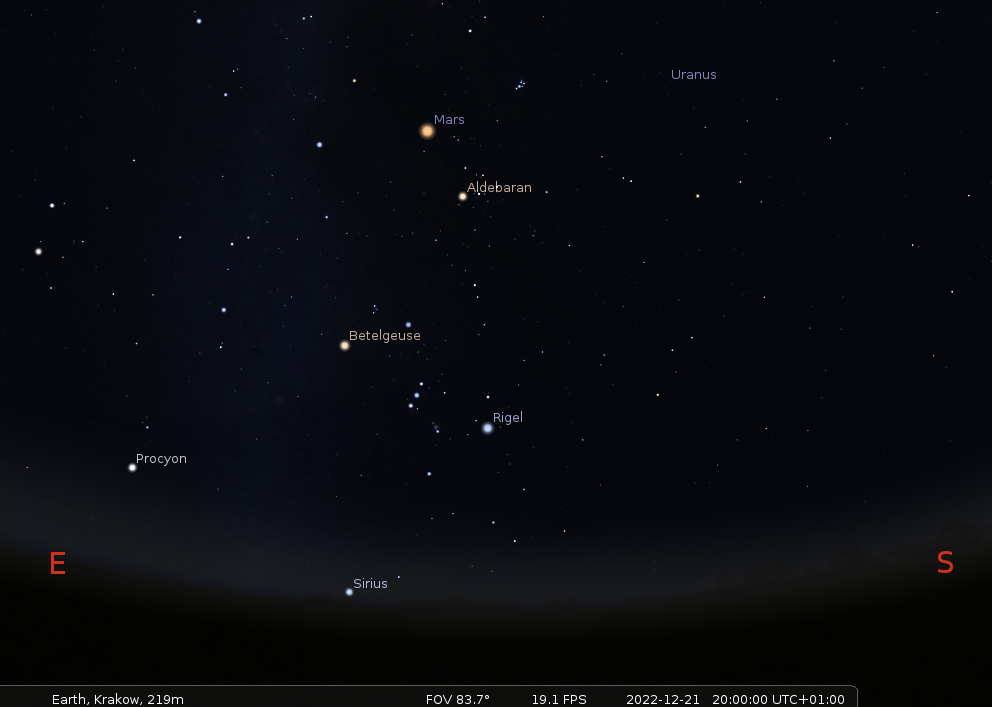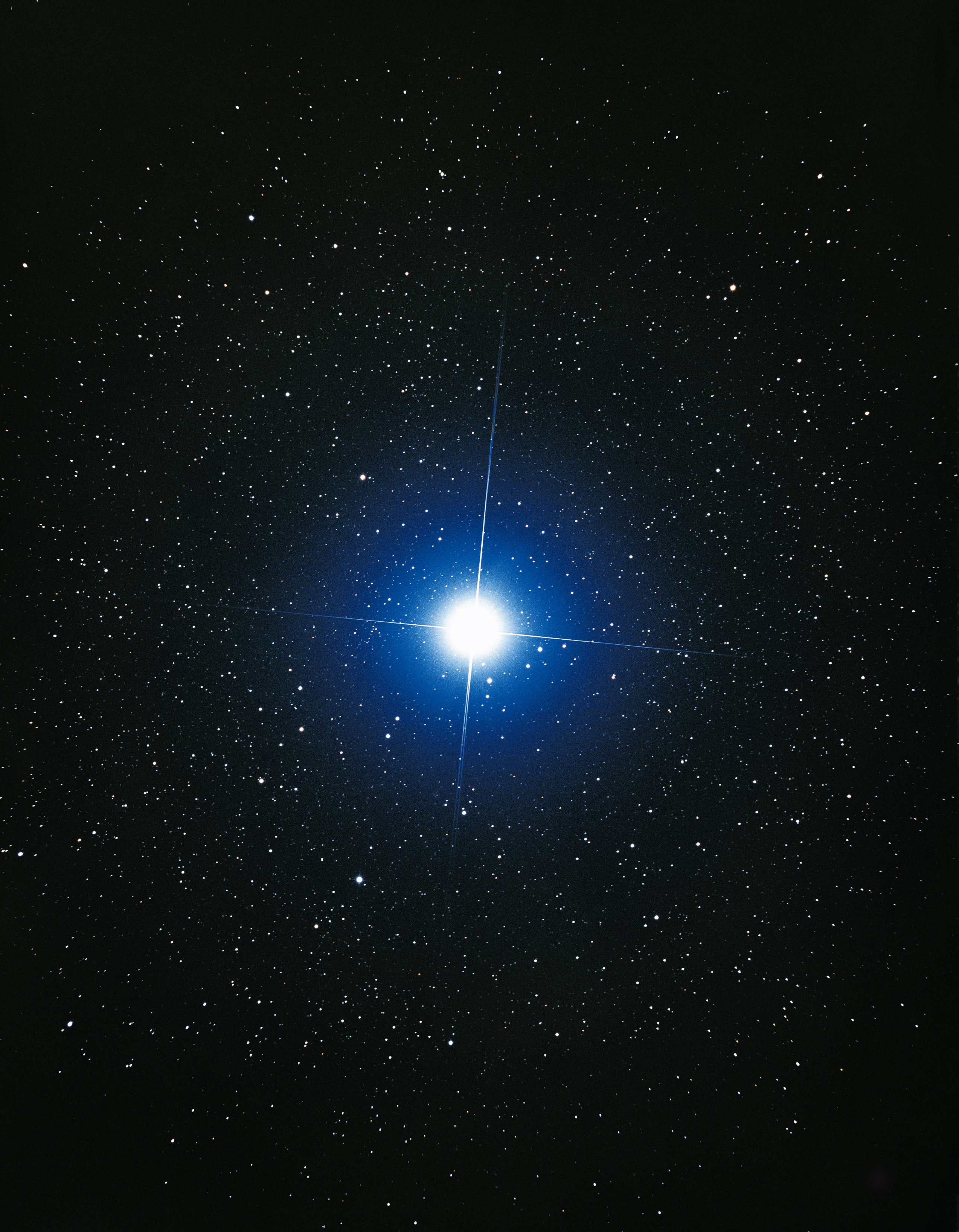Address: ul. Orla 171, 30-244 Kraków
Phone: 12 6238 620
For media & schools: press@oa.uj.edu.pl

Sky above: OAUJ, Kraków (live)

Be inspiration. Create the future.
S. Markowski - W obserwatorium
 Web Content Display
Web Content Display
Web Content Display
Web Content Display
 Navigation
Navigation
Navigation
Navigation
 Web Content Display
Web Content Display
Web Content Display
Web Content Display
Address: ul. Orla 171, 30-244 Kraków
Phone: 12 6238 620
For media & schools: press@oa.uj.edu.pl

Sky above: OAUJ, Kraków (live)

Be inspiration. Create the future.
S. Markowski - W obserwatorium
 Web Content Display
Web Content Display
Web Content Display
Web Content Display
Astronomical winter is just around the corner. It will already begin on Wednesday, December 21, at 10:48 p.m. It will be the longest night of the year.
Before that happens, however, the length of the day will still shorten in the first two decades of the month, but starting from Christmas the day will begin to lengthen. By December 17, the day will decrease by "only" 20 minutes in the Lesser Poland region; from 8 hours 25 minutes at the beginning of the month to 8 hours and 5 minutes on December 18. After that, as is colloquially said, the length of the day for 8 days stands in measure (there are one-second changes in its length, practically unnoticeable), and by the end of the month the day will increase by 5 minutes.
These irregularities (a loss of day in the morning, and a gain in the afternoon) are due to the fact that the Earth orbits the Sun on the elliptical orbit, moving with a non-uniform speed (just over 30 km/sec). In contrast, for practical reasons, we use mean solar time, passing uniformly, rather than apparent solar time – passing unevenly. In astronomy, these two times can be converted from one to another using so-called equation of time.
On December 1, the Sun rises in Kraków at 7:16 a.m. and sets at 3:41 p.m. On New Year's Eve, the Sun will rise at 7:38 a.m. and set at 3:48 p.m. Interestingly, the astronomical winter, which begins in a few days in our hemisphere, is the shortest season of the year. It lasts 89 days, while summer here is almost 5 days longer. This difference in the length of the seasons is due to the previously mentioned shape of the Earth's orbit around the Sun.
 Sunrise over Stonehenge on December 11, 2022 took place at 8:01 a.m. Credit: Stonehenge Stone Circle.
Sunrise over Stonehenge on December 11, 2022 took place at 8:01 a.m. Credit: Stonehenge Stone Circle.
Which planet will play the role of the Christmas Eve Star? The main candidates are three. In the south-west, it could be Venus, located very low over the horizon. High in the south, very bright Jupiter will be shining by about 4 pm. From the window facing east, we can in turn see a distinctly reddish Mars, but in the eastern sky the "first star" may also be simply the brightest star in the night sky: Sirius.
From now, there will be even more planets in the sky. On December 25, Venus, Jupiter and Mars will be joined by Mercury and Saturn, and on the second day of Christmas the crescent Moon will meet Saturn in the sky. On New Year's Eve, the planets (and the Moon) will align in the sky almost in a line, thereby marking the plane of the Solar System. Worth seeing with your own eyes!

Sky over Kraków, December 21, 2022, 8:00 pm. Credit: Stellarium.

Sirius – α Canis Majoris A. Credit: Akira Fujii - http://www.spacetelescope.org/images/heic0516f/
Read more: